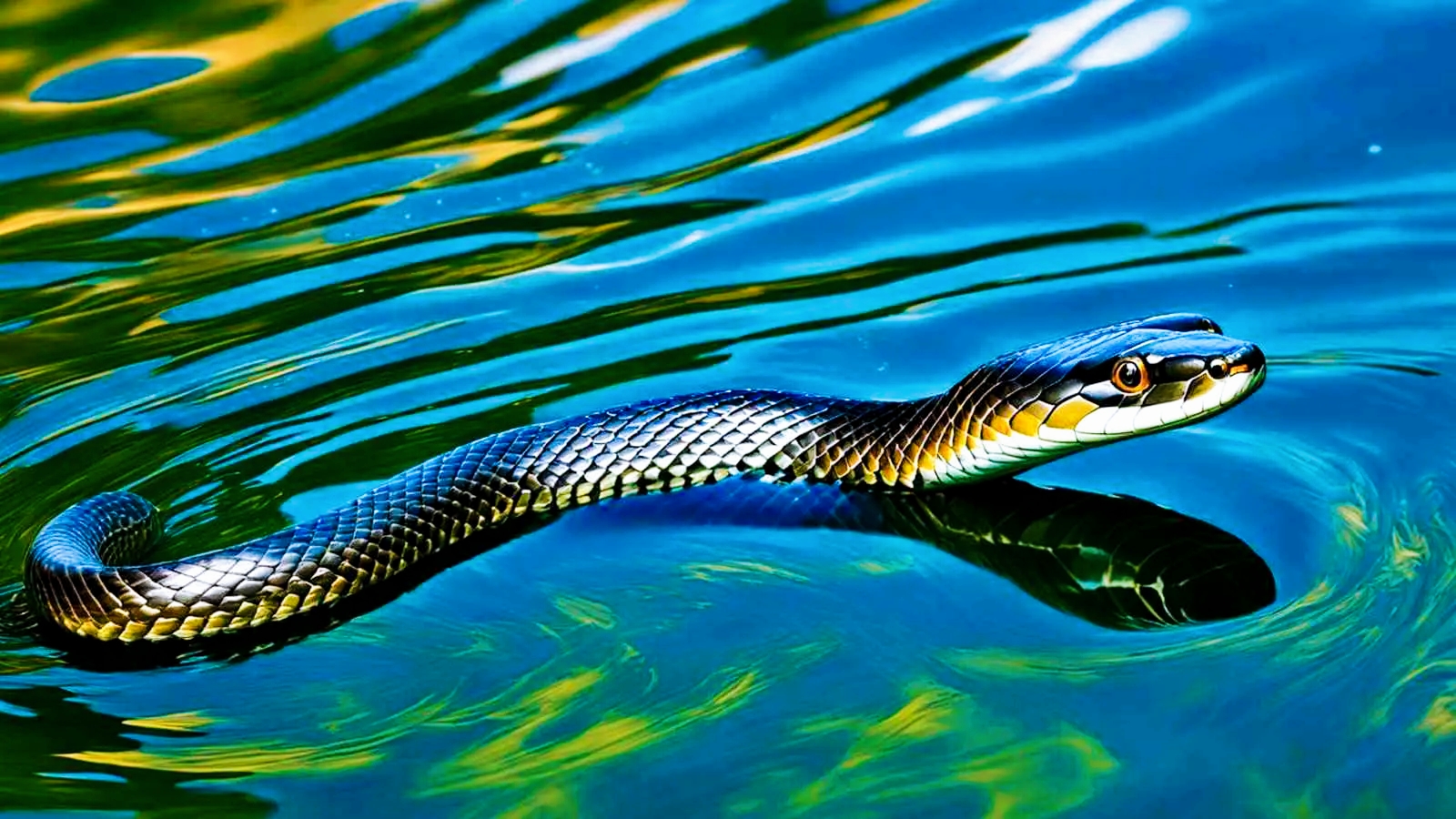The province of Boumerdes, east of the Algerian capital, witnessed a state of panic after a video circulated showing a snake coming out on one of the region's beaches, coinciding with the start of the summer season.
The video, captured by a citizen, shows the snake moving among the rocks, with the commentator saying: "These snakes spread here, especially on rocky beaches. I have a phobia of snakes, be cautious."
The video's spread on social media sites has led to a wide reaction among Algerians, with opinions divided between those calling for the beach to be closed to ensure the safety of vacationers, especially children, and those who believe there is no cause for concern, considering that this phenomenon is familiar to some residents who have seen snakes on the beaches before.
Animal expert Taha Mousouni explained that the snakes appearing along the Algerian coast, which stretches 1200 kilometers, are usually not venomous or dangerous.
He said that the snake seen in the video likely belongs to the "Hemorhaus" family known locally as the "Algerian Montpellier Snake" or the "Horse Snake," which is not harmful, feeds on lizards, birds, and rodents, and does not attack humans.
He added that these snakes prefer humid areas and come out in spring and summer in search of food and to escape the heat.
On the other hand, animal trainer Islam Sebaoui said that Algerian beaches, in addition to snakes, may contain other marine animals that could pose a danger to vacationers, such as some types of sharks (Blue Shark and Sand Shark), although there have been no recorded attacks on humans in Algeria.
He also mentioned the presence of toxic marine species like the "Scorpion Fish" and the "Rabbit Fish," which can cause painful stings due to the sharp spines on their bodies, but he confirmed that they are not lethal.
Sebaoui emphasized that the most common marine creature on Algerian beaches is the jellyfish, which can cause painful stings, especially the small purple and transparent species.
He advised caution when touching marine creatures, even if they appear dead, and recommended wearing appropriate footwear when visiting rocky or grassy beaches, as some creatures may hide underneath.
In conclusion, both Mousouni and Sebaoui stressed the importance of educating vacationers to avoid approaching marine animals, attempting to catch or provoke them, affirming that most of these creatures do not pose a real threat unless threatened or handled unsafely.

